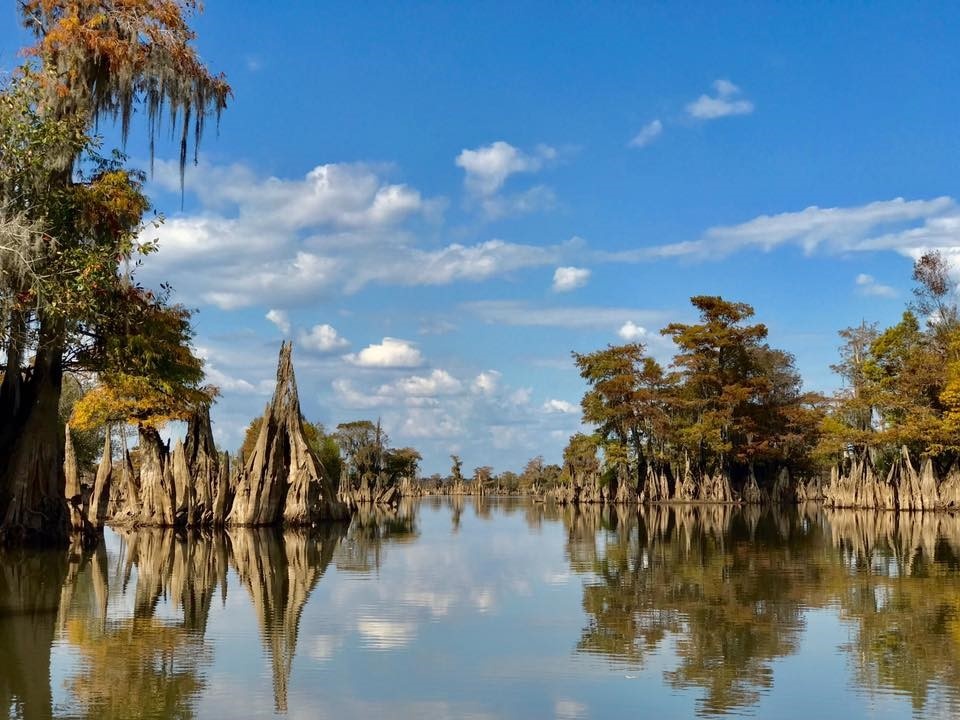We have much more to do and your continued support is needed now more than ever.
Protecting the Apalachicola – A National Treasure

The Apalachicola River and its floodplain form an incredibly rich system of exceptional ecological importance. The river is home to an astounding 131 species of fish, the largest number in any Florida river. The Apalachicola watershed sustains vast numbers of migratory birds and more than 50 species of mammals, including black bears and manatees. The basin also supports the highest diversity of amphibians and reptiles in the United States and Canada.
The Apalachicola River is also the lifeblood of the Apalachicola Bay, an estuary of major importance to the eastern Gulf of Mexico. Apalachicola Bay has historically provided 90 percent of Florida’s oysters, and more than 13 percent of the nation’s total oyster production. It is also a major nursery for shrimp, blue crabs, and many species of fish including striped bass, sturgeon, grouper, snapper, red fish, speckled trout, and flounder. The commercial and recreational fisheries in the Gulf of Mexico generate billions of dollars in revenue and support tens of thousands of jobs.
The health of this incredible system depends on the Apalachicola receiving enough fresh water at the right times of year to survive and thrive. Sufficient flows are particularly important during the spring and summer when fish are spawning, wildlife are breeding, and plants are flowering.
Natural patterns of river flows are also critical for maintaining the estimated $5 billion in free services provided by the Apalachicola ecosystem, including clean water, flood protection, and fish and wildlife habitat.
Despite its value, for decades the Army Corps of Engineers has starved the Apalachicola of the freshwater it needs to thrive through mismanagement of a series of upstream dams that are part of the Apalachicola-Chattahoochee-Flint River System (ACF) project.
The impacts have been devastating.
More than 4.3 million trees that live in the floodplain have died because the floodplain has dried out. Fish and wildlife have been cut off from critical floodplain habitats. Salinity increases caused a collapse of the bay’s rich oyster population and a devastating loss of income for the region. The tourism, fishing and other businesses that rely on the system’s bounty have suffered along with these resources.
The state of Florida testified to Congress that “the ecosystem and, indeed, the very way of life for generations of Floridians will be devastated” if flow patterns that mimic the historic flow regime are not restored for the Apalachicola River.
In March the Army Corps issued a new management plan for the ACF system. But instead of helping to restore more natural flows, this new plan will keep even more water from reaching the Apalachicola for decades to come. This new plan: increases upstream water withdrawals by 190 percent at one location and 140 percent at a second location; increases the number of times the system is managed under drought operations by 600 percent (drought operations keep more water upstream); triples the amount of time that drought operations remain in effect; and initiates drought operations earlier in the year, when flows are most critical for breeding and reproduction. The adverse impacts will be significant—and potentially catastrophic.
In an effort to block this devastating plan, the National Wildlife Federation, Florida Wildlife Federation, and Apalachicola Riverkeeper, represented by Earthjustice, have sued the Army Corps in the Federal District Court for the District of Columbia. The suit asks the Court to order the Army Corps to re-do the water management plan and environmental impact statement used to develop that plan, to comply with fundamental environmental laws – the National Environmental Policy Act, the mitigation requirements of the Water Resources Development Act, and the Fish and Wildlife Coordination Act.
Our groups had worked for years to try to convince the Army Corps to address the needs of the Apalachicola ecosystem, along with the states, federal agencies, and the Florida Congressional delegation. But the Corps refused. As a result, we were forced to file suit to ensure that the Army Corps does everything it can to restore more natural river flows to the ecologically rich Apalachicola ecosystem.
We could not simply sit by as this incredible ecosystem was pushed to the brink.




















